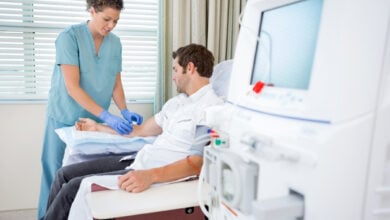Cardiology and Heart Surgery
Cardiology and Heart Surgery in Istanbul bring experienced heart teams and modern hospitals together. You can get checkups, echocardiography, stress tests, angiography and stents, valve or bypass surgery, and minimally invasive options like TAVI. Prices are clear, scheduling is fast, and English-speaking coordinators support you from pre-op to cardiac rehab and follow-ups.
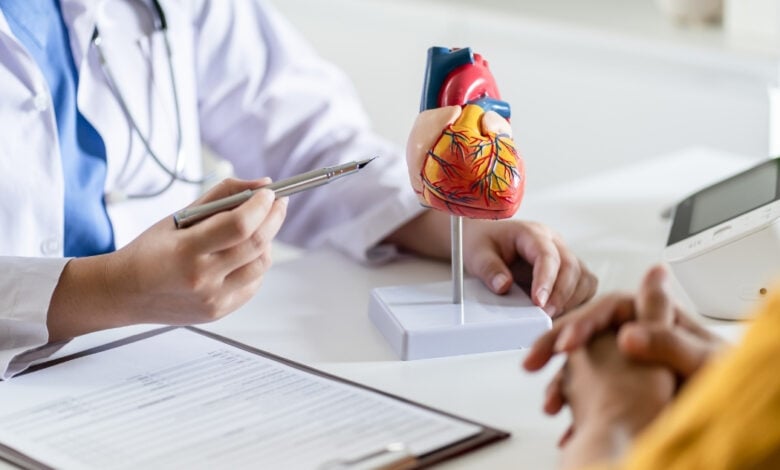
Purpose. This article explains how cardiology and heart surgery work together for people who are planning care in a large medical hub. You will see what doctors look for, which treatments are common, how hospital teams keep you safe, and what recovery looks like. The language is simple. The goal is calm understanding so you can plan with confidence.
What cardiology covers
Cardiology is the branch of medicine that studies the heart and blood vessels. It focuses on diagnosis and treatment that do not always require an operation. Chest pain, shortness of breath, palpitations, swollen legs, high blood pressure, high cholesterol, and fainting spells are common reasons to meet a cardiologist. When a problem needs a procedure, cardiology works closely with interventional teams and with heart surgeons. This shared plan is often called a heart team.
What heart surgery covers
Heart surgery treats problems that benefit from a direct repair or replacement. Bypass operations for blocked arteries, valve repair or valve replacement, surgery on the aorta, and some rhythm procedures sit in this group. Today many problems can also be treated through small punctures in the skin using catheters and imaging guidance. These procedures happen in hybrid operating rooms or advanced catheter labs where cardiology and surgery meet.

First steps: history, examination, and smart testing
Good care begins with careful questions and a gentle exam. Your doctor listens for patterns. How long the symptoms last. What triggers them. What helps. Then a basic set of tests follows. An electrocardiogram. Blood tests, including high sensitivity troponin if there is concern for a heart attack. An echocardiogram to look at heart muscle and valves. Sometimes a stress test or a coronary CT to check blood flow and anatomy. The aim is simple. Use tests that change decisions and skip anything that does not move the plan forward. This is the daily craft of cardiology.
Common conditions in plain words
Blocked arteries. Fatty plaque can narrow the coronary arteries that feed the heart. People feel pressure in the chest, shortness of breath, or tiredness with effort. Medicines help. So do lifestyle steps like walking, sleep, and food choices. When tests show high risk or when pain persists, a procedure may be needed. In the catheter lab a cardiologist can open an artery with a balloon and place a stent. If many vessels are affected or the anatomy is complex, a surgeon may suggest a bypass. The choice is made together and explained in clear language.
Valve disease. Valves can leak or become tight. Symptoms include breathlessness, swelling, and less exercise tolerance. Options now include surgical repair or replacement, and also non surgical options for some valves. Transcatheter aortic valve implantation helps many people with aortic stenosis. A clip based repair can reduce leaking in the mitral valve for selected patients. New options for the tricuspid valve are growing. Your team reviews images and writes a plan that matches your health and your goals. This is a place where cardiology and surgery share the same room and the same screens.
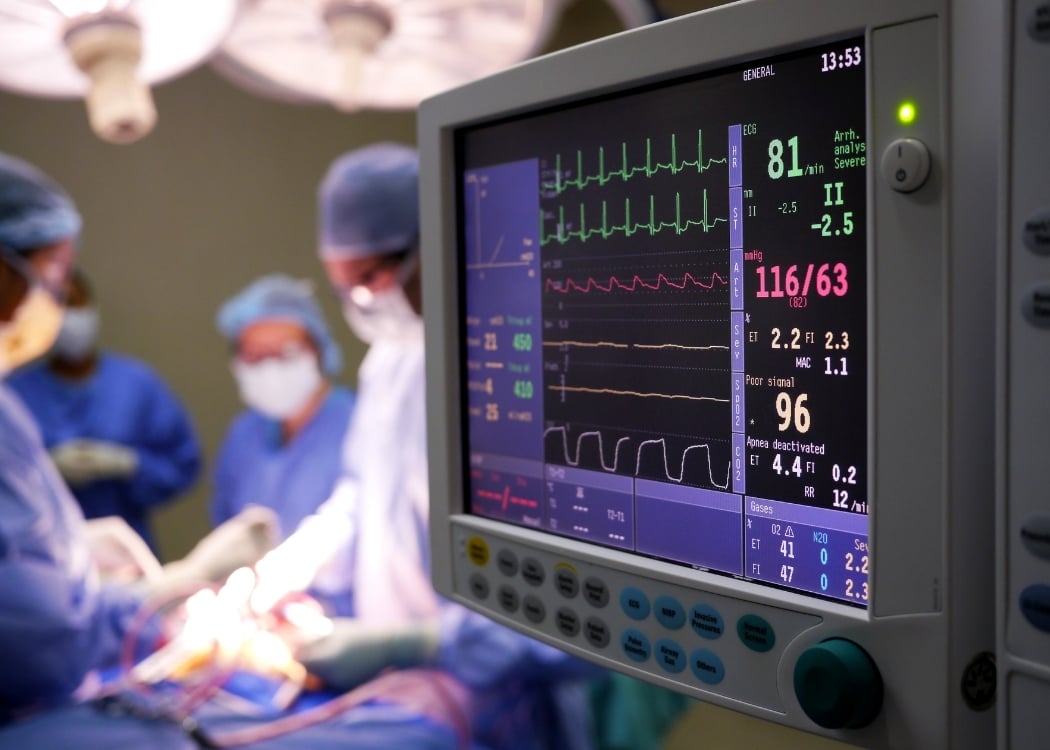
Heart rhythm problems. Atrial fibrillation is the most common sustained rhythm issue. It can cause palpitations, fatigue, and a higher risk of stroke. Treatment has three pillars. Protect the brain with the right blood thinner when indicated. Control the pulse or restore a normal rhythm with medicines or with ablation. Reduce triggers like poor sleep and high blood pressure. Some people need a pacemaker or a defibrillator for other rhythm disorders. These decisions are paced by symptoms, imaging, and the risk of future events. The path is steady, not rushed.
Heart failure. The heart is a pump. When the pump weakens or when it works against pressure, fluid builds up and energy fades. Modern therapy uses a set of medicines that protect the muscle and the vessels over time. Some people also benefit from specialized pacemakers that resynchronize the heart’s timing. When valves or arteries are part of the cause, treating those can restore function. In every case the plan is personalized and the steps are explained in short, clear sentences. That is how cardiology keeps complex care human.
Advanced treatments that still feel understandable
Coronary stents and bypass surgery. Stents are placed through thin catheters. You go home quickly in many cases. Bypass surgery reroutes blood around blocked arteries using your own vessels. It requires a few nights in the hospital and a period of calm recovery. Your team weighs anatomy, age, other illnesses, and your life at home. The best choice is the one that offers the safest path to long term health, not simply the newest tool. This is the heart of good cardiology.
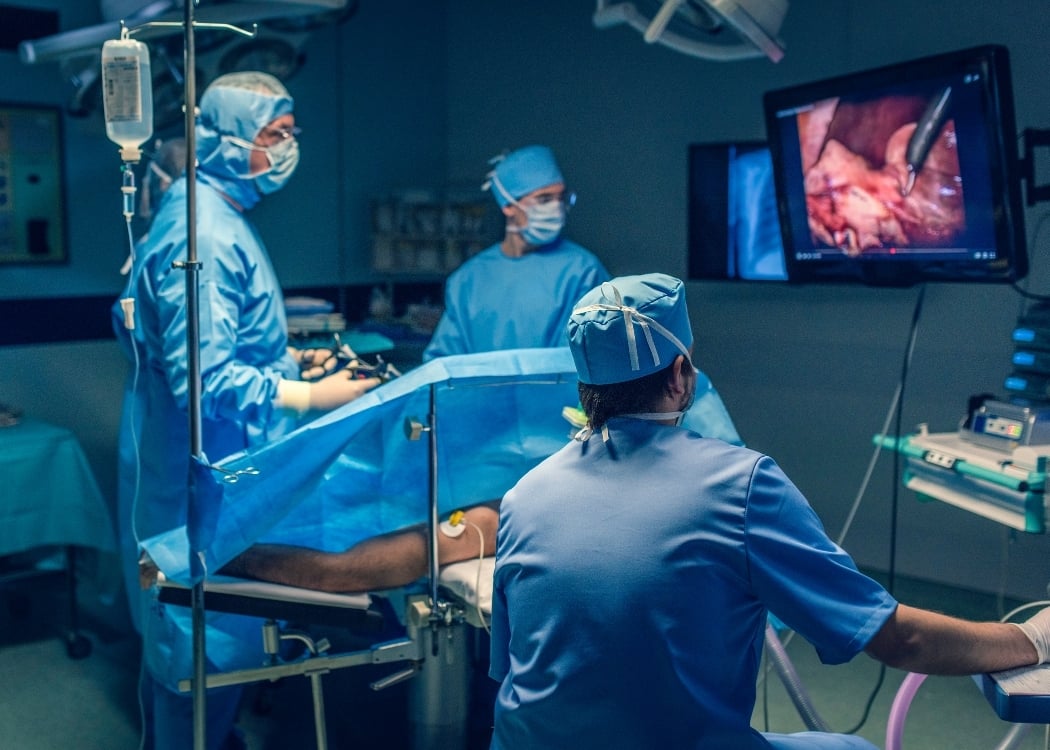
Valve repair and replacement. Aortic stenosis can be treated with a surgical valve or with a transcatheter valve through an artery in the leg. Mitral regurgitation may be treated with repair in the operating room or with a clip placed through a vein for selected people. Tricuspid regurgitation now has transcatheter options in specialized centers. These methods do not replace surgery in all cases. They add safe choices for the right patient at the right time.
Ablation for atrial fibrillation. When medicines do not keep rhythm steady, ablation is an option. Thin catheters deliver heat or cold to the inside of the heart to block the triggers that start the arrhythmia. People often go home the next day. This line of care is often part of a larger plan that also treats blood pressure, sleep apnea, and weight. The whole picture matters more than any single step. That mindset is the signature of careful cardiology.
Devices. Pacemakers treat slow rhythms. Implantable defibrillators protect people with dangerous fast rhythms or with weak hearts that are at risk. Cardiac resynchronization devices help the heart squeeze in a more coordinated way. The result can be better exercise capacity and fewer hospital stays. Your doctor explains what each device can and cannot do and how follow up works once you are back home.
Safety first: how hospitals manage risk
Checklists and teamwork make days predictable. Before a procedure you meet anesthesia and nursing. Medicines are reviewed. Allergies are confirmed. Blood thinners are handled with a clear plan. Antibiotics are timed. In the room, the team pauses to confirm the details. Afterward you recover in a monitored bed. Pain control, oxygen, and early walking are paced by a protocol. When you leave, you have a list of medicines and a phone number that answers. These quiet routines turn advanced care into safe care. They are the daily discipline of cardiology and heart surgery.

Cardiac rehabilitation and why it helps
Recovery is an active process. Supervised exercise, education, and support after a heart event or procedure improve stamina and quality of life. They can lower the chance of another hospital stay and may improve survival over time. Many centers now mix on site and home based programs so travel does not become a barrier. Ask your team to enroll you before discharge. This simple step anchors the first months after treatment and keeps your gains steady.
Medicines that protect you over the long term
Cholesterol lowering. Statins remain the foundation. When more help is needed, additional medicines can be added for lower LDL targets. Your cardiologist explains which combination makes sense for your risk and your tolerance. The goal is not a race to the lowest number. The goal is the right number for your history with the least side effects. This careful balance is everyday cardiology.
Blood pressure control. Accurate measurement comes first, including home checks. Treatment is then tailored to your pressure, your age, and your other conditions. Simple changes help. Less salt. More walking. Better sleep. Medicines are added step by step. A clear plan prevents confusion when you travel or when you switch time zones for care.
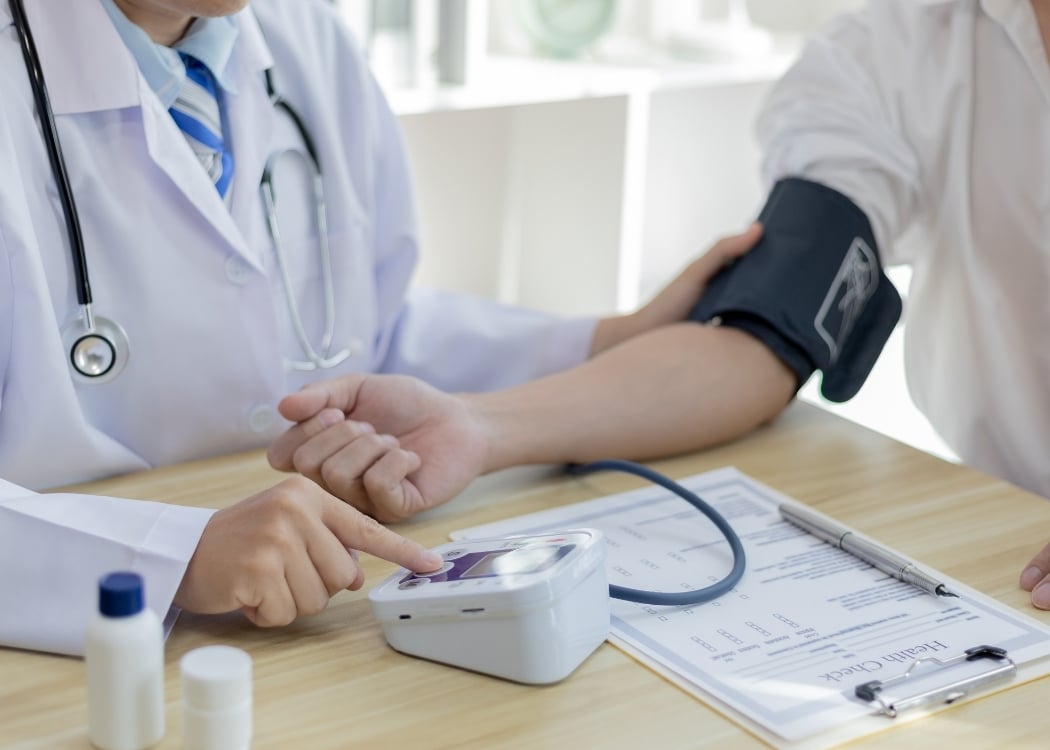
Heart failure medicines. Modern therapy uses several classes that protect the heart and the kidneys. Doses start low and rise slowly as you feel stronger. Swelling and weight are watched closely. When symptoms flare, a nurse calls you back the same day and adjusts the plan. Good programs mix science with close follow up. That is how cardiology keeps people at home and out of the hospital.
Imaging and lab work you may encounter
Echocardiography. This ultrasound is the workhorse. It shows pump strength, valve motion, and pressure clues. It is safe and repeatable. Many decisions in cardiology are built on this moving picture.
Coronary CT. For many people with stable chest symptoms, a high quality CT scan of the coronary arteries helps decide the next step. It is quick and noninvasive. When the scan is not enough, your team will schedule a catheter based angiogram. That second step shows detail and allows treatment in the same session if needed.
Cardiac MRI and specialized tests. These help when doctors need tissue level answers. Inflammation, scarring, and rare conditions become clearer. The point is not to order every test. The point is to ask the fewest questions that give the best answers.
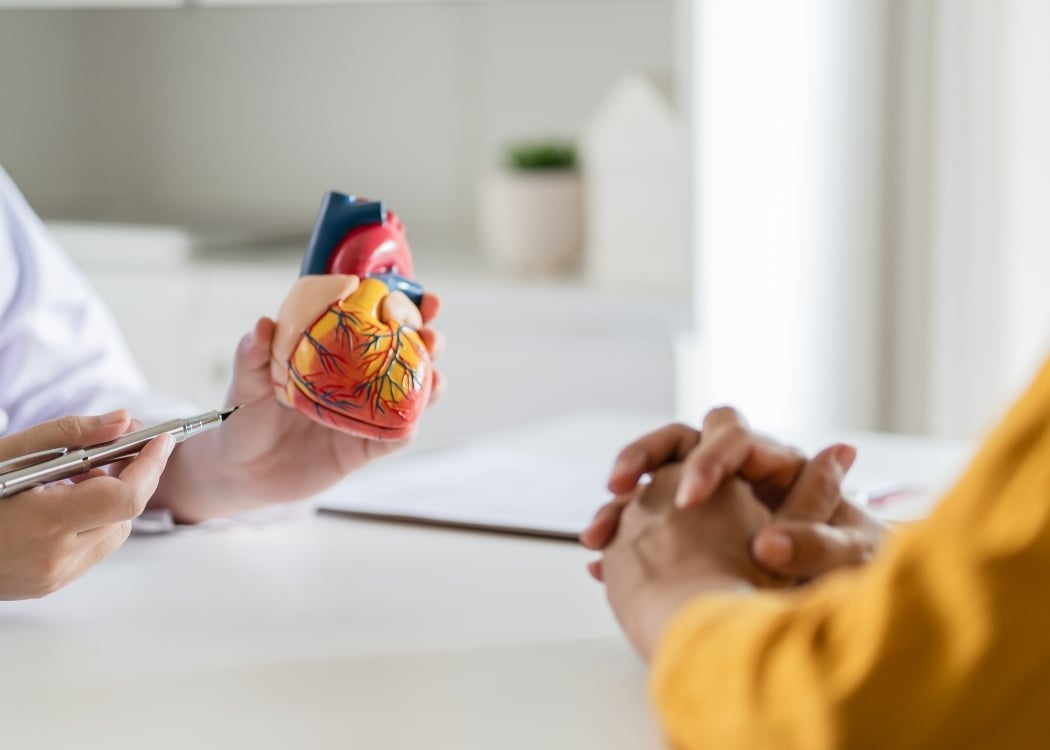
Preparing for a procedure
Simple habits lower risk. Walk each day before you travel. Bring all your medicines and a list of allergies. Hold blood thinners only if a doctor tells you to do so, and write down the exact plan. Eat lightly the night before sedation. Do not stop blood pressure or heart failure medicines unless told. Share any cold symptoms or new cough. Small details make the day smoother for the team and safer for you.
How many days to plan
Most people can plan in short, clear blocks. A diagnostic workup often fits into two or three calm days. A stent procedure may require one or two nights, sometimes none. Valve procedures vary. Transcatheter aortic valve therapy often needs two or three nights. Surgical valve work and bypass surgery need longer stays and a few extra days nearby before flying. Your team will write the expected timeline. Good timelines make good weeks. They also make good memories of careful cardiology.
Life after treatment
Follow up is part of the treatment, not an afterthought. You will leave with a discharge letter, a list of medicines, and copies of key images. Video checks are scheduled when you reach home. If anything feels wrong, you send a message and get a same day reply. Cardiac rehabilitation starts. You build a simple routine. A short walk after breakfast. A light lunch. A restful night. This is how the body locks in the benefits of modern cardiology and heart surgery.
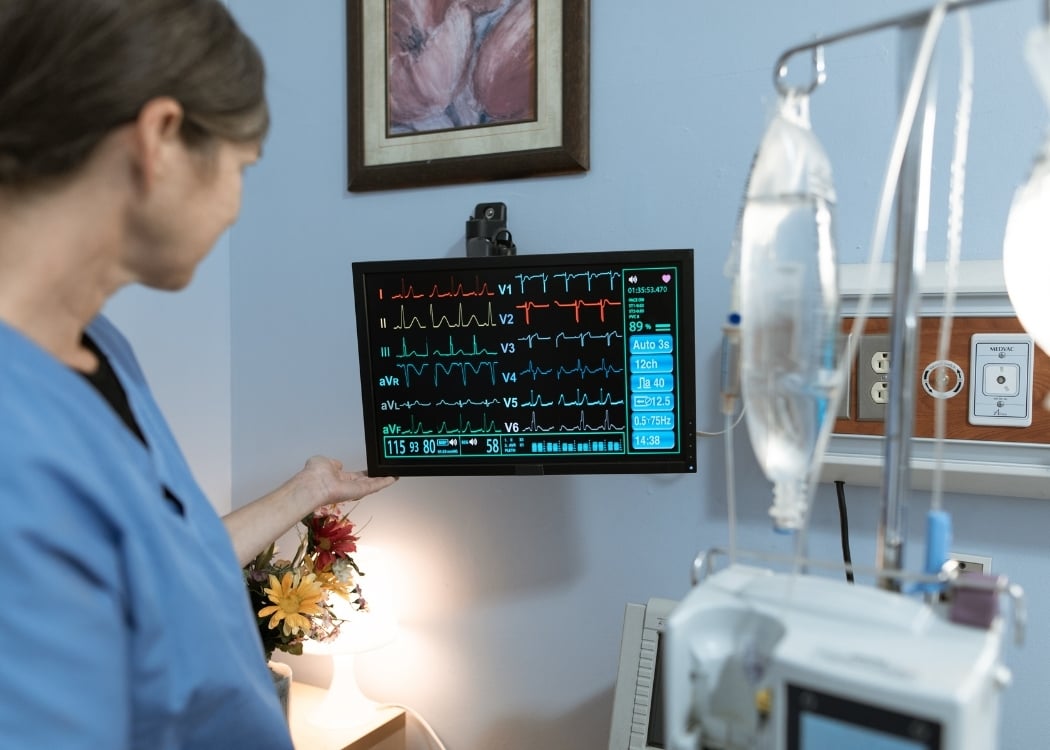
Choosing a center and a team
Look for experience that matches your problem. Ask how often the team treats people with your condition each week. Ask for a named cardiologist and a named surgeon if surgery is on the table. Ask for a written plan with timing, costs, and who to call at night. Read the tone of the replies. Calm and exact answers are a good sign. The right match feels steady from the first message.
Costs and insurance
Clarity lowers stress. Ask for an itemized quote that lists what is included. Tests, medicines, device costs, hospital nights, and follow up. If your insurer can issue a guarantee to a major hospital, coordinators will guide the paperwork. Keep copies of everything. Good records make care easier to explain to your home doctor and to your insurer. This is the practical side of cardiology.
Ethics and consent
Honest conversations build trust. You should hear the likely benefits and the real risks. You should hear alternatives. You should feel free to ask for a second opinion. You should see that privacy rules are followed. Quality is not only a beautiful operating room. Quality is the way a team speaks with you and listens to you. In the long run that is what people remember about excellent cardiology.
A closing note
Heart care is a partnership. Technology matters. People matter more. Choose a team that treats your condition every week. Choose a plan that you can explain to a friend in a few sentences. Protect your energy with sleep and simple food. Walk a little every day. Keep your follow up dates. When science and steady habits meet, cardiology delivers results that last.
References
- World Health Organization. Cardiovascular diseases fact sheet, updated July 31, 2025.
- ACC/AHA/HRS. 2023 Guideline for the Diagnosis and Management of Atrial Fibrillation.
- AHA/ACC/HFSA. 2022 Guideline for the Management of Heart Failure; top messages and SGLT2 recommendations.
- ACC/AHA/SCAI. 2021 Guideline for Coronary Artery Revascularization, key perspectives.
- AHA/ACC Chest Pain Guideline 2021 and high sensitivity troponin use.
- ACC/AHA Valve Disease Guideline 2020, TAVI and TEER selection.
- COAPT Trial, five year follow up showing benefit of mitral transcatheter edge to edge repair in selected patients.
- TRILUMINATE Pivotal Trial, transcatheter repair for severe tricuspid regurgitation and quality of life gains.
- Early stage results and commentary on tricuspid transcatheter therapies.
- 2024 ESC Guidelines on Elevated Blood Pressure and Hypertension; 2023 ESH Hypertension Guideline.
- 2021 ESC Guidelines on Cardiovascular Disease Prevention in Clinical Practice.
- ACC 2022 Expert Consensus Decision Pathway on nonstatin LDL lowering therapies, including inclisiran, bempedoic acid, and evinacumab.
- Enhanced Recovery After Cardiac Surgery: 2024 Joint Consensus and ERAS Cardiac resources.
- STS Adult Cardiac Surgery Database overview and public reporting resources; 2024 database update.
- Cleveland Clinic 2024 adult cardiac surgery volumes and outcomes snapshot, illustrative of contemporary results.
- Cardiac rehabilitation evidence and guidance, including Cochrane reviews and AHA scientific statements.
- American Heart Association. 2025 Heart Disease and Stroke Statistics Update, global burden highlights.



